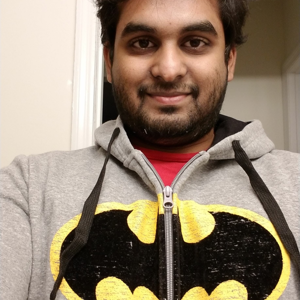Hi @Jiang, Wentao Greetings! Welcome to Microsoft Q&A forum. Thank you for posting this question here. Our Community SMEs will review this request and get back to you as soon as possible.
There are a number of factors that affect the consistency in the depth information captured by Kinect DK. These include field of view of the TOF lens, the angle of the sensor, the distance between the sensor and the person, and the lighting conditions in the environment among others.
Based on the results of Test 1, it appears that the inconsistency may be related to the field of view of the Kinect DK camera. When the person's head and feet are aligned along the same plane, the depth measurements are inconsistent, which suggests that the field of view of the camera may not be wide enough to capture the entire person's body accurately. Adjusting the camera's field of view may help to achieve more consistent depth information between the person's head and feet.
However, based on the results of Test 2, it appears that the issue may not be related to the field of view. In this scenario, it may be difficult to determine which point should be considered as the "true" standard for depth information when using Kinect DK for depth data acquisition. It is possible that the depth measurements are affected by other factors, such as the angle of the sensor or the distance between the sensor and the person. To overcome this issue, you may need to conduct further tests to isolate each factor and observe its effect on the depth measurements. Once you have identified the factor(s) that are contributing to the inconsistency, you can take steps to overcome them, such as adjusting the placement of the sensor or recalibrating the sensor.
Hope this helps you with the next steps.
